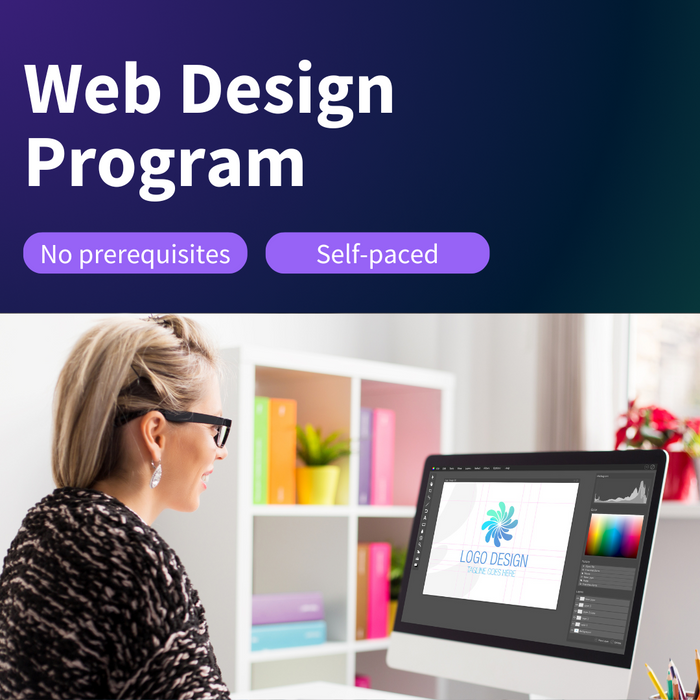Elevate Your Online Existence With Spectacular Website Design Tips and Trends
The interplay of visual appeal, current design trends, and user experience plays a pivotal role in achieving this goal. The subtleties of reliable style prolong beyond aesthetic appeals; understanding key strategies for optimization can significantly influence your success.
Relevance of Visual Allure
In today's electronic landscape, the visual appeal of a site is paramount; studies suggest that 94% of initial impacts are design-related. This figure highlights the crucial function that aesthetics play in customer engagement and retention. A properly designed web site not just attracts site visitors yet likewise encourages them to explore its material further. Effective aesthetic style encompasses elements such as color pattern, design, images, and typography, every one of which add to a cohesive and enticing individual experience.
Furthermore, an aesthetically appealing site instills a feeling of trustworthiness and expertise. Individuals are most likely to rely on a website that looks well-structured and refined, which can dramatically impact conversion prices. Alternatively, a unappealing or chaotic style can lead to high bounce rates, as individuals might regard the site as unreliable or obsolete.
Furthermore, the visual elements of an internet site can convey brand identity and worths. Consistent use branding components, such as logos and color combinations, strengthens acknowledgment and cultivates a much deeper link with the audience. Finally, prioritizing aesthetic appeal is essential for producing appealing, credible, and brand-aligned online experiences that resonate with customers.
Current Layout Fads
Modern web layout is constantly developing, and staying updated with present patterns is necessary for developing impactful online experiences. One famous fad is the surge of minimalism, identified by clean lines, sufficient white room, and a concentrate on important aspects. This method not only boosts use yet additionally permits material to take spotlight.
Additionally, dark mode user interfaces have actually gotten appeal, supplying individuals with a visually striking choice while lowering eye pressure. This pattern aligns well with user choices, supplying a contemporary aesthetic that is both practical and trendy.

Furthermore, the use of micro-interactions-- refined animations that involve individuals-- has come to be important in enhancing customer experience (Web design). These small but impactful aspects can guide customers effortlessly throughout the website
Vital Style Elements
Reliable web layout rests on numerous necessary design components that together produce a engaging and cohesive customer experience. The first of these components is layout, which dictates just how content is arranged on the page. A well-structured format not just enhances readability but also overviews users via the site effortlessly.
Color plays a vital role in style, affecting emotions and brand assumption - Web design. A harmonious color combination can stimulate particular sensations and develop an aesthetic hierarchy, consequently accentuating crucial elements. Similarly, typography is crucial; the selection of fonts should align with the brand name identification and make certain legibility throughout devices.
Images, including graphics and pictures, adds aesthetic passion and can connect messages quickly. Top quality pictures relevant to the content improve the total visual and interaction. Additionally, whitespace is usually forgotten but is important for producing equilibrium. It assists prevent clutter, enabling individuals to focus on the essential aspects without interruption.
Lastly, consistency across all design elements enhances brand name identity and makes navigation instinctive. By carefully incorporating these essential layout aspects, web designers can develop visually appealing and useful websites that astound visitors and encourage interaction.
Individual Experience Optimization
A smooth user experience is essential for maintaining site visitors and driving conversions on an internet site. Maximizing user experience (UX) includes recognizing your audience and customizing style elements to meet their demands successfully. Secret components of UX optimization include intuitive navigating, quick loading times, and clear phone call to activity.
Integrate breadcrumb routes to aid users easily backtrack, lessening frustration. Rate is one more critical factor; web sites must load within three seconds to prevent individuals from deserting the site.
In addition, your web site's design must prioritize quality. Use understandable typefaces, contrasting shades, and whitespace to develop a visually appealing format that overviews users via material effortlessly. Calls to action must be plainly shown, utilizing workable language that encourages users to engage.
Mobile Responsiveness Methods
Virtually half of all web website traffic now originates from mobile gadgets, highlighting the importance of applying robust mobile responsiveness methods. To make sure optimum individual experience throughout different screen dimensions, internet designers need to embrace a liquid grid design that adjusts seamlessly to different gadgets. This approach allows web content to restructure and resize without compromising performance or aesthetics.
Incorporating adaptable photos and media questions is necessary. Photos ought to immediately change their size according to the viewport, while media queries can detect tool characteristics and use customized CSS designs accordingly. This method improves load times and ensures that customers have this hyperlink an aesthetically attractive experience.
Furthermore, focus on touch-friendly navigation elements. Buttons and links ought to be quickly tappable, with appropriate spacing to stop More Help misclicks. Avoiding hover-dependent communications additionally enhances usability on touchscreens.
Lastly, performing routine testing across numerous devices and internet browsers is vital. Tools like Google's Mobile-Friendly Examination can aid determine locations needing improvement. By adopting these mobile responsiveness techniques, businesses can improve user involvement, increase search engine positions, and eventually drive conversions, therefore boosting their on the internet presence successfully.

Final Thought
In conclusion, the execution of effective internet design approaches substantially enhances on the internet presence. By prioritizing aesthetic charm via present see this layout trends and necessary aspects, organizations can foster reputation and interaction. Maximizing user experience and ensuring mobile responsiveness are essential for facilitating seamless communication throughout devices. As the digital landscape develops, welcoming these concepts will certainly not just captivate visitors however additionally drive conversions, inevitably adding to the overall success of online ventures.

Alternatively, a unattractive or cluttered design can lead to high bounce rates, as users may perceive the site as unreliable or out-of-date.
Efficient web layout hinges on several crucial layout components that together produce a cohesive and interesting customer experience. Optimizing customer experience (UX) entails understanding your audience and tailoring layout components to satisfy their requirements efficiently.